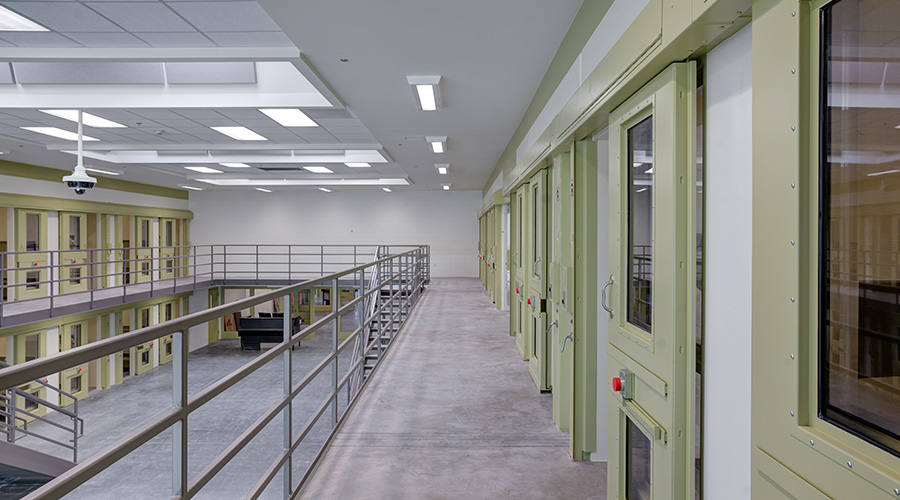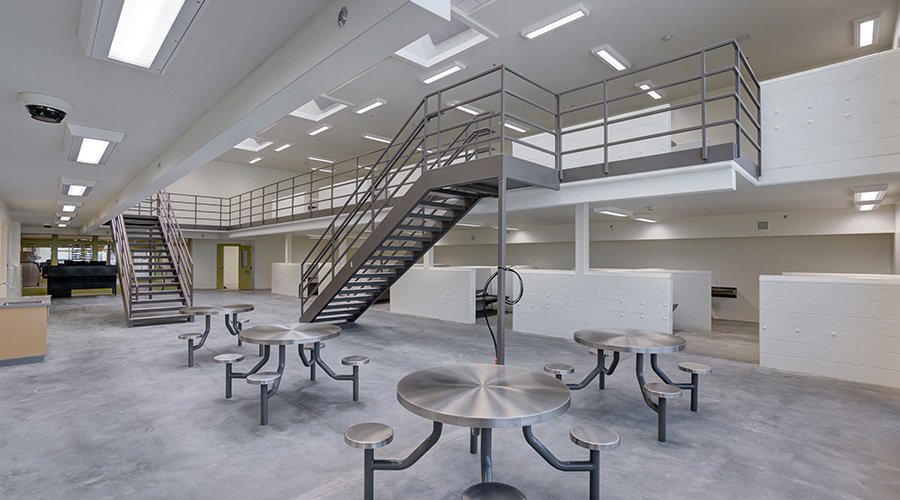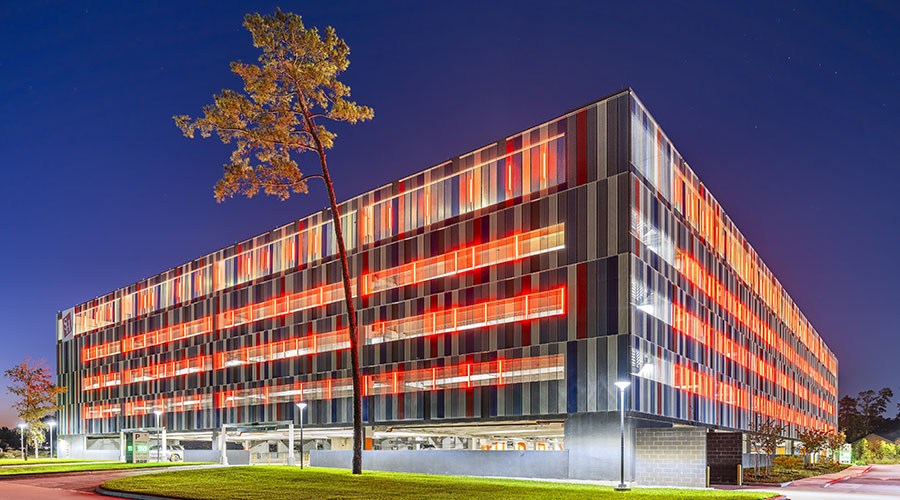Lighting Systems and Specification Documents
Once lighting system criteria are established, it’s time to select and specify the lighting components. Many considerations are involved in the equipment selection process, including:
- Equipment performance and efficiency: Some products produce more light than others. Some create more glare than others. A comparison of several similar products is important.
- Lamp standards, lamp compatibility: Reducing the number of lamp types or adapting to lamp standards may be important for maintenance simplicity.
- Ballast type: Review and selection of the right ballast for your application.
- Luminaire (fixture) aesthetics: Review of the many choices in fixture design and aesthetics can be important. Survey of actual samples can reveal even more important information than just seeing catalog photos.
- Controls: Dimming, switching, timers, relays, photo cells, motion sensors are the key to reducing lighting loads beyond energy codes.
- Initial cost: First cost considerations may be an important driver.
- Operations, life-cycle cost: Some equipment will offer faster paybacks over time in energy and maintenance savings.
- Installation cost: Some equipment, though seemingly similar, may have vastly different installation procedures. This can be an important factor in large systems with high labor costs.
- Product availability: Verification that the product can make delivery dates may be important.
- Service by a local representative: Working with someone that is responsive, trustworthy and professional is obviously valuable.
- Regional manufacturer: With today’s shipping costs, finding companies that are in your region may be a worthy goal or important consideration if LEED points are important.
These are the criteria that will determine which systems and manufacturers are acceptable to specific needs. This essential information should be clearly spelled out in your written specifications.
It’s important to learn which additional manufacturers have products available that meet your design criteria so you can list them as “approved equal” in your specification documents. This will help to foster competitive pricing. The specifier should be confident in the products being listed knowing that it is the best solution for the job. Never write “or equal” in the specification document; always write “approved equal.” Then, the document should list the specific manufacturers.
It is best to create a formal specification document — a lighting schedule or pages of equipment sheets that are detailed and are clear as to what is required. Simply supplying a catalog sheet may not adequately convey all of the information needed. The specification document should have an equipment description, including a list of the features and benefits, a list of manufacturers and catalog numbers of the products selected, and a list of the specific lamp types, including the manufacturer, product code and catalog code of the desired lamp. Also consider listing the color Kelvin, CRI, lumen output and lamp life. Too often lamps are not specific enough and then the supplier may just choose the cheapest, low quality option. Lamps are the most common product substituted or changed without approval. The wrong lamp can ruin the lighting intent.
Other parts of the detailed specification include a list of accessories and a list of notes or comments for the installing contractor that are important to this product — “aim the track lighting to accent the art” or “install the down lights 30 inches from the wall,” for instance. If possible, include photos or illustrations of what the fixture or equipment looks like.
In addition to detailed equipment specifications, provide in writing “Contractor/Supplier General Provisions.” This document will cover important topics and expectations for the suppliers. Topics should include if or how an alternate product may be proposed, expectations about product ordering and delivery schedules, whether the contractor is responsible for proper interpretation of the drawings and specifications, and a list of expectations from the specifier about contractor responsibilities.
Related Topics:














